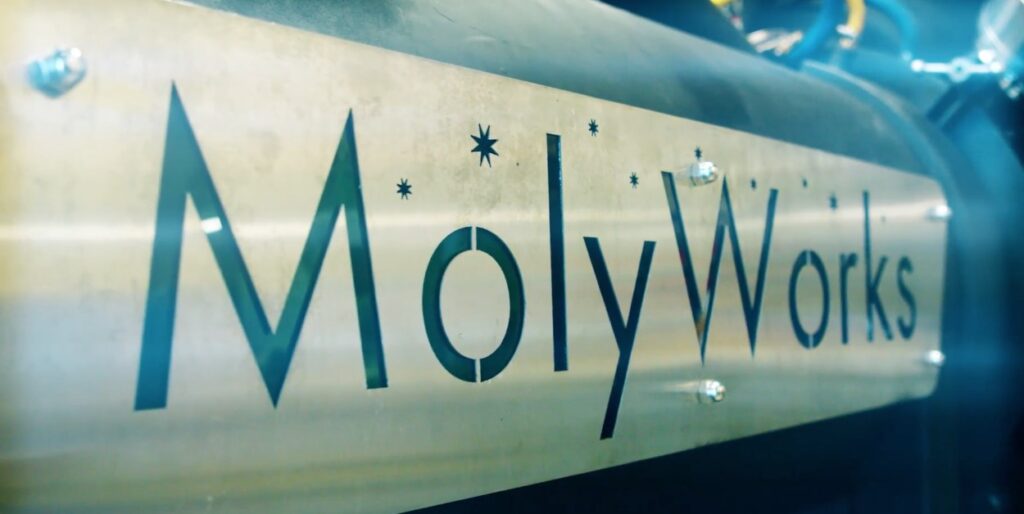Very few people spend time thinking about the reusability of metal. Most of the time, we go about our lives with it just sort of, being there as a part of the infrastructure around our cities or something to prop up our buildings. But few people know the environmental impact that metal has, and how it can be repurposed in an environmentally friendly way. Going Green sits down with Andrew LaTour, Chief Innovation Officer at MolyWorks Materials Corporation, to learn more about the circular economy of metal.
What is MolyWorks
Metal is infinitely re-usable yet only 30% is actually recycled. We are changing this. Born out of necessity, our vision was to create an efficient way to reprocess metal, minimize environmental damage and create a more sustainable planet for generations to come.
MOLYWORKS Materials Corporation is a California-based developer of the circular economy for metal. Founded in 2015, a metal recycling system was invented, “The Greyhound System,” to produce AM grade powder from metal waste streams of old parts, failed builds, used powder, and machined waste.

Tell us about your background:
R&D, chemical engineering, medical devices, biofuels, automotive / consumer products, powder metallurgy, and additive manufacturing.
What caused you to get into your industry?
I randomly encountered my best friend from college at a massive Halloween costume party at the Oracle Arena in Oakland, CA. After catching up for a few minutes, he asked me, “would you like to become a titanium tycoon?”… I said “yes”, and soon MolyWorks was born.
What trends are you seeing in your industry?
Growth in number of additive users, more printers, faster build times, increased metal powder consumption, higher quality parts, new applications, and a growing demand for sustainability.
What is one Action Item for our listeners and viewers to take away from this conversation?
Pursue what is meaningful, not what is expedient.
What is a fun fact about you?
I am a musician, skilled in drums, piano, and trumpet. Other interests include golf, surfing, swimming, and soccer. Turns out I have a lot of fun facts: I also love sci-fi books, fantasy genre, D&D, and all types of gaming.
Where do you see your industry ten years from now?
First-time-right 3D printing of metals is something I expect to see in the near future. Right now we are capable of printing high quality parts, but typically not on the first try. Once this happens, once you can take any part drawing and press “start” with full confidence that you will get exactly what you wanted, additive manufacturing will enter a new paradigm of usefulness.
Another important innovation will be to eliminate most or all of the post processing steps required to finish a metal part after 3D printing. Right now, heat treatment and machining steps are still required to complete most printed parts. Once you eliminate those extra steps, 3D printing becomes much more powerful, and it starts to look more like technology from science fiction, which is what we ultimately want.
At MolyWorks, our vision of distributed recycling is to convert metal waste into high quality metal powders that can be printed into new parts without adding any unnecessary transportation steps. This drastically reduces lead time on new parts, eliminates CO2 associated with transportation of heavy materials, mitigates regulatory fees, and lowers the environmental impact of metal part production by reducing our dependence on mining.
Going Green wants to thank Andrew for sharing his experience working with the circular economy of metal.
Going Green, hosted by Dylan Welch, interviews leading experts in cleantech, sustainability, media, finance, and real estate on the Going Green podcast. Tune in and subscribe to the podcast on Apple or Spotify to listen to interviews with leading cleantech and sustainable experts. If you are interested in being featured on Going Green, click HERE.
Dylan Welch is the CEO and Host of Going Green, a podcast, website, and social media brand that highlights renewable energy, cleantech, and sustainable news.